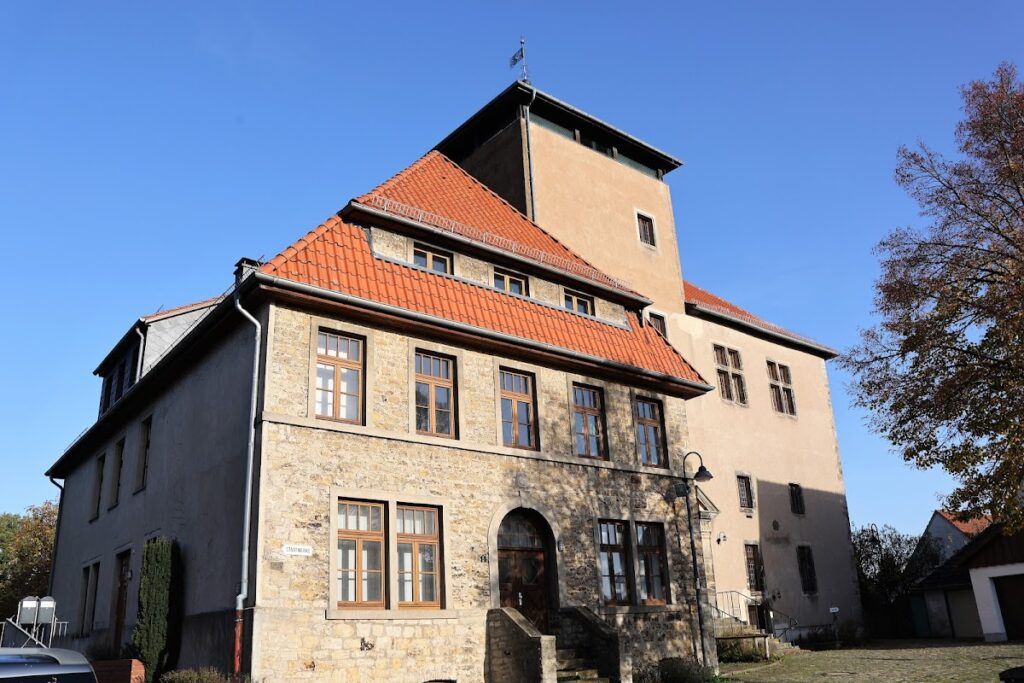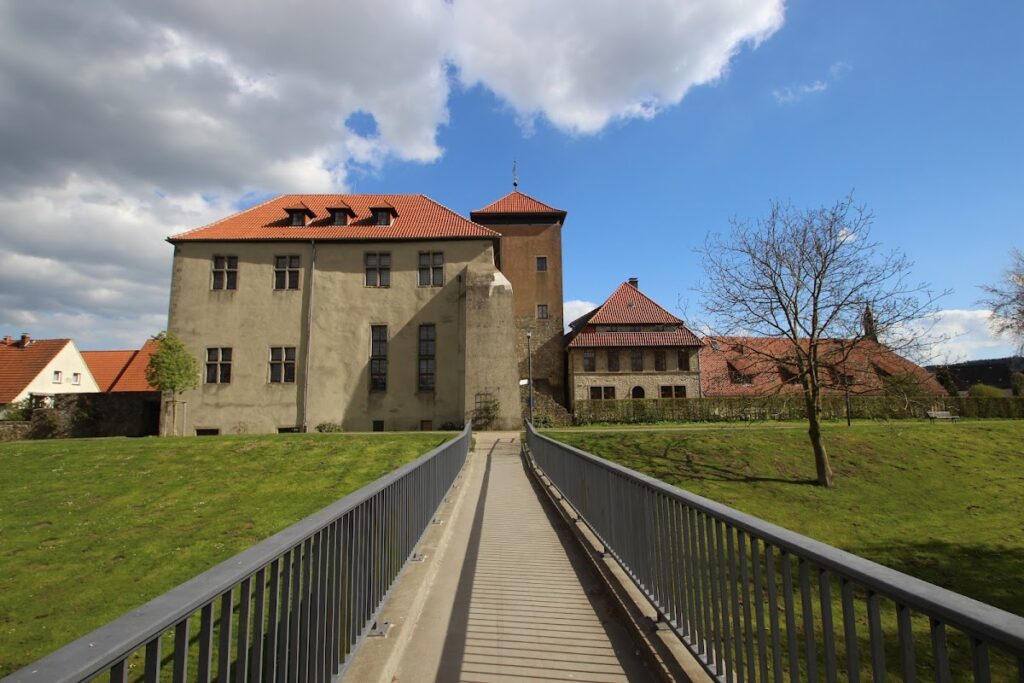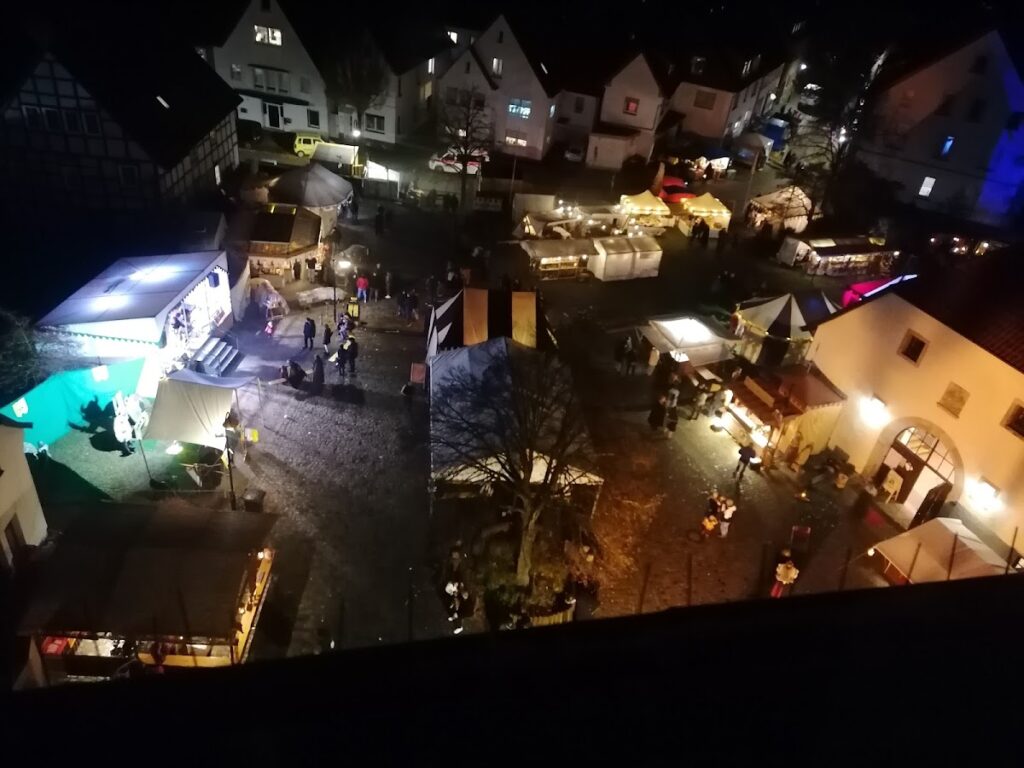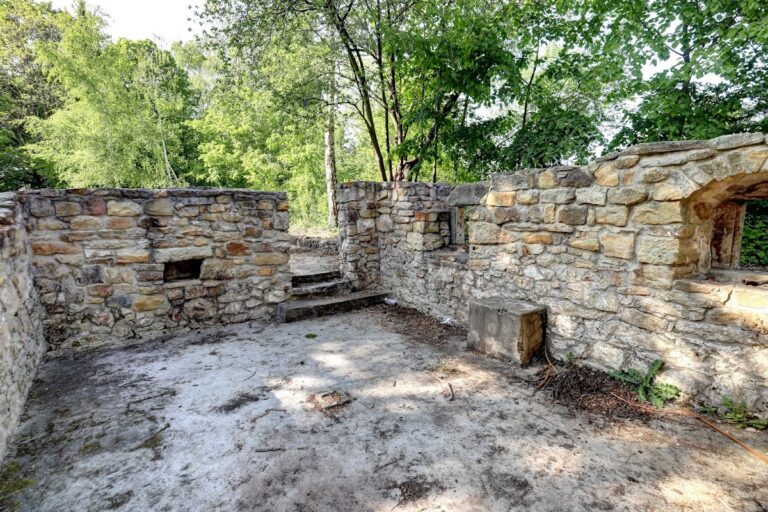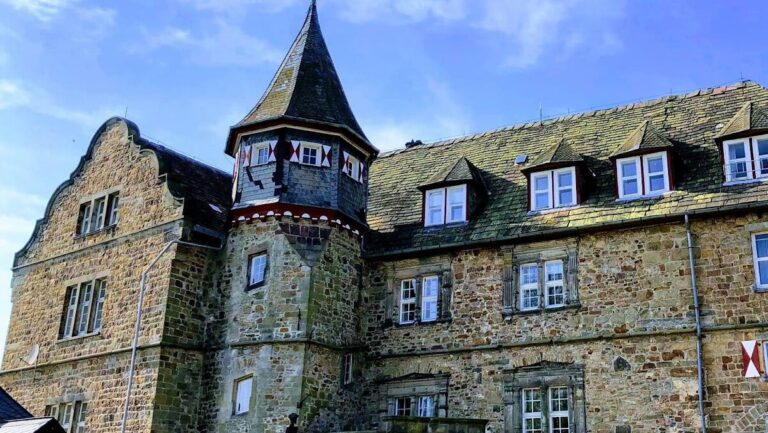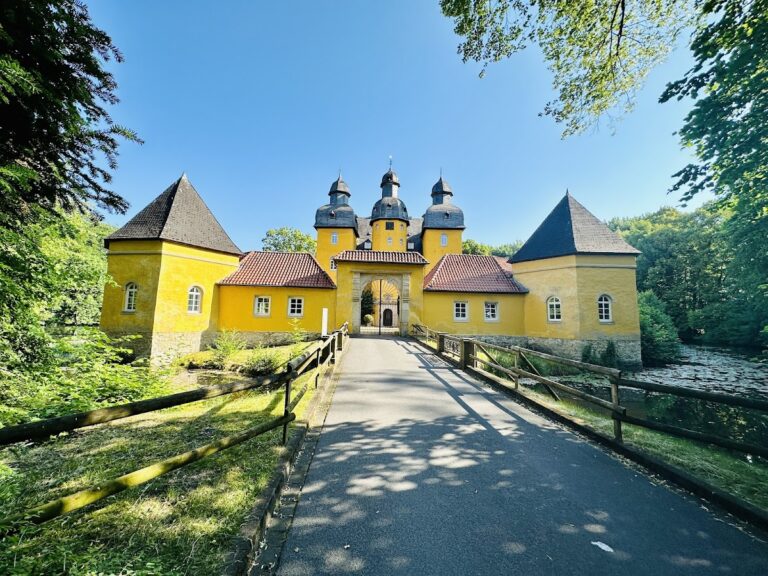Burg Horn: A Medieval Castle in Horn-Bad Meinberg, Germany
Visitor Information
Google Rating: 4.3
Popularity: Low
Google Maps: View on Google Maps
Official Website: www.burgmuseum-horn.de
Country: Germany
Civilization: Unclassified
Remains: Military
History
Burg Horn is a medieval castle situated in the municipality of Horn-Bad Meinberg, Germany. It was constructed by the noble lineage of the Counts of Lippe during the Middle Ages.
The origins of Burg Horn date back to around the mid-13th century when the town of Horn was established with a deliberate and planned layout, approximately in 1248. Shortly after the town’s foundation, defensive walls were erected to protect the nascent settlement, and the castle was integrated as part of this fortified system. The earliest documentary indication of the castle appears in 1326, describing a “stone house” associated with a chapel dedicated to Mary, reflecting both military and religious functions. The castle’s construction continued until its completion in 1348 under Bernhard V. zur Lippe, who built it as a fortified residence and administrative center.
Over the following centuries, Burg Horn served several important roles besides its residential purpose, including acting as a seat for widows of the ruling family, a granary to store grain, and a prison. The castle’s strategic and military significance is recorded during the Soest Feud (1444–1449), a conflict in which Burg Horn was involved. Another notable event occurred in 1605 when forces led by the dean of the Liège chapter captured the castle during the absence of its lord, Rene de Cerclair. The castle’s administrator at the time took the unusual step of imprisoning the lord himself for several months.
Between 1656 and 1659, Count Hermann Adolf zur Lippe directed a renovation which introduced Baroque architectural additions. This included a distinguished staircase with a richly designed entrance portal featuring a curved roof, known as a Schweifhaube, and the family’s coat of arms dated to 1659. Following the 17th century refurbishment, the castle gradually fell into decline during the 18th century. Parts of the castle’s tower and the third floor of the main residential building were dismantled as the structure fell into disuse.
In the late 20th century, specifically between 1983 and 1989, Burg Horn underwent comprehensive restoration efforts. These repairs reinstated the upper floors of the tower and its roofing, preserving the castle’s historical form. Today, the castle stands as a well-maintained heritage site, reflecting its long history of noble residence, military defense, and local administration.
Remains
The Burg Horn complex is composed primarily of its main residential building alongside an adjacent bergfried, a type of tall defensive tower common in medieval German castles. These structures are positioned near the northern edge of the old town center of Horn and are integrated into the defensive town wall system constructed in the 13th century, demonstrating their original role as part of the fortified settlement.
The bergfried itself has seen several architectural changes over time. Originally constructed during the medieval period, it lost some of its upper floors and roof by the 18th century as the castle declined. The renovation carried out in the 1980s carefully restored the tower’s third floor and reinstated its roof, returning it largely to its historical height and form. This restoration reversed earlier demolitions and contributes significantly to the castle’s present-day silhouette.
The mid-17th century refurbishment under Count Hermann Adolf zur Lippe introduced noteworthy Baroque modifications to the residential building. The most prominent feature from this period is the staircase entrance portal topped with an elegantly curved roof, known in German as a Schweifhaube. The portal bears the date 1659 and displays the coat of arms of the ruling family, serving both as an ornamental and symbolic element. This Baroque portal remains preserved, highlighting the stylistic transition the castle experienced during the early modern period.
Next to the main castle structures stands the Burgscheune, a castle barn built in 1744. This building directly neighbors the residential and defensive parts of the castle and reflects an agricultural function connected to the estate. The presence of the Burgscheune indicates the castle’s role not only as a noble seat but also in managing local resources and supplies.
Overall, Burg Horn is well-preserved today, owing largely to the late 20th-century restoration that stabilized and restored key structures such as the bergfried and residential quarters. The castle retains its medieval layout and remains an integral component of the historic townscape of Horn-Bad Meinberg.

